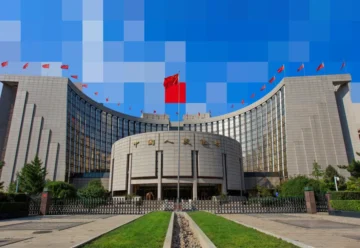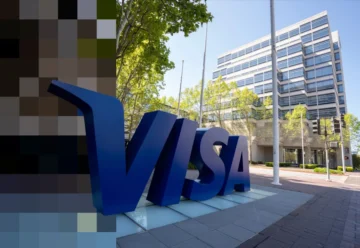Lightning Network Updates Taproot Assets Protocol to Integrate BRC-20 Tokens

An update of the Taproot Assets protocol was released to effectively integrate BRC-20 tokens into the Lightning Network, thereby reducing the load on the Bitcoin network.
Lightning Labs, a company specializing in infrastructure development for the Lightning Network, unveiled an updated Taproot Assets v0.2 protocol that addresses the issues posed by the massive minting of assets on the Bitcoin network using Ordinals.
Taproot Assets Protocol is designed to work outside the main Bitcoin network and reduces the load on the first cryptocurrency’s blockchain, which became especially urgent after the BRC-20 token standard appeared in early March. Lightning Labs’ solution will allow developers of BRC-20-related products to integrate the new technology into existing apps and focus on their development.
BRC-20 tokens created up to that point used JavaScript Object Notation (JSON) to record minting and transaction data. However, the implementation of this method was associated with high fees and impacted the load on the main Bitcoin network. In turn, the Taproot Assets v0.2 protocol on the Lightning Network was a solution that enables more efficient use of these types of assets, minimizing the use of Bitcoin blockchain resources.
The capitalization of BRC-20 tokens topped $1 billion in early May, but has since declined by nearly 50% to $500 million. The updated Taproot Assets v0.2 protocol is expected to help improve the experience of interacting with BRC-20 tokens, promoting the appeal of the Bitcoin blockchain and its use for non-financial transactions.
The Lightning Network developers will continue to work on developing and improving the updated version of the Taproot protocol, working with the developer community and the blockchain industry.
The hype surrounding the Ordinals protocol and Bitcoin NFTs provoked a rapid increase in unconfirmed transactions and transaction fees on the Bitcoin network.











